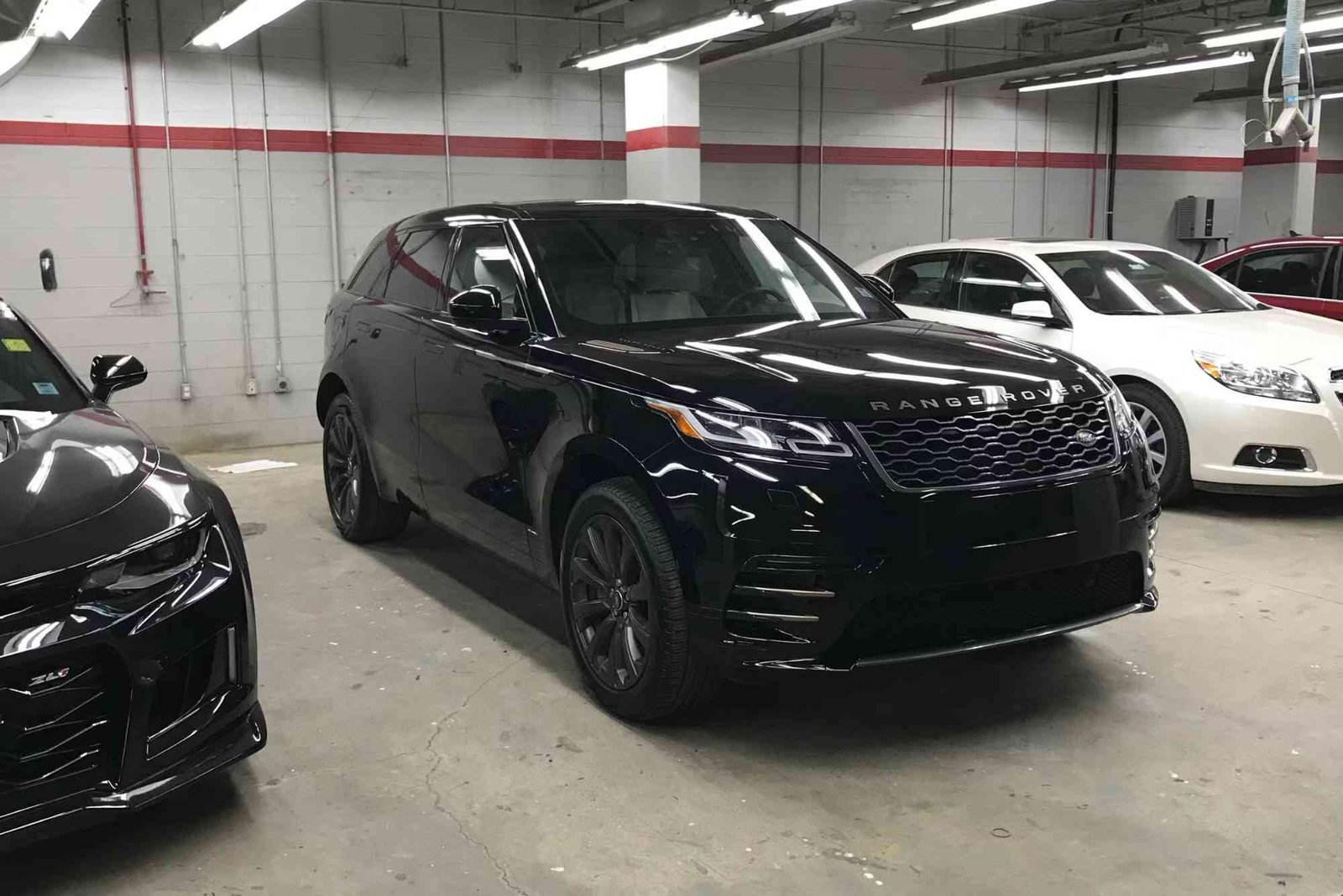Introduction
When designing a living space, the expertise of international decorators can turn a simple room into a stunning masterpiece. Practical layout ideas are essential for creating homes that are both functional and visually appealing. Whether you are remodeling a kitchen, redesigning a living room, or organizing an office, understanding how top decorators approach space can save time, reduce stress, and enhance your home’s aesthetic appeal. In this article, we explore proven strategies used by international decorators to optimize space and elevate style.
Understanding Practical Layouts
Creating a functional layout starts with understanding how space is used daily. International decorators emphasize flow, accessibility, and balance. By considering the natural movement through a room, you can design layouts that feel intuitive and spacious. They often begin by identifying focal points, such as a fireplace, large window, or central seating area, ensuring that every element enhances the room’s purpose without overcrowding.
Maximizing Small Spaces
Small spaces require creative thinking. International decorators often employ multi-functional furniture and strategic storage solutions. For example, built-in shelving or furniture with hidden compartments can make rooms feel larger while keeping clutter at bay. Using vertical space for storage or decorative elements also adds height and sophistication.
Open Concept Living
Open layouts are increasingly popular. They create a sense of freedom and allow natural light to flow throughout a space. International decorators recommend defining zones within open areas using rugs, furniture placement, or lighting to maintain functionality. This approach encourages interaction and makes homes feel inviting and airy.
Incorporating Furniture Effectively
The placement of furniture is crucial to achieving a harmonious layout. Decorators often prioritize pieces that complement the room’s scale and function. Large sofas or sectional seating can anchor a living room, while smaller chairs and tables fill supporting roles. Balancing proportions prevents rooms from feeling cramped or overly sparse.
Focal Points and Flow
Furniture should support the room’s focal points and flow. For instance, arranging seating around a fireplace or entertainment center naturally directs attention. In dining areas, tables are positioned for ease of movement and accessibility. International decorators pay close attention to pathways, ensuring they are unobstructed and intuitive.
Color and Texture Coordination
Decorators also use color and texture to enhance layouts. Contrasting textures or complementary hues can highlight certain areas and create visual interest. Layering rugs, cushions, and curtains adds depth without overwhelming the space.
Lighting Strategies
Lighting is a cornerstone of effective interior design. International decorators use layered lighting, combining ambient, task, and accent lights. Well-placed lights can define zones, highlight features, and influence mood. Consider natural light first; maximizing it can reduce energy costs and enhance the ambiance.
Natural Light Optimization
Positioning mirrors strategically reflects natural light and makes rooms feel more open. Windows should remain unobstructed when possible, and light fabrics for curtains can soften glare while allowing sunlight to filter in. Outdoor views are also integrated to extend the sense of space.
Artificial Lighting Techniques
Pendant lights, floor lamps, and under-cabinet lighting add functionality and style. International decorators often use dimmers to control intensity, creating versatile spaces suitable for work, relaxation, or entertainment.
Combining Style and Functionality
Practical layouts are not just about movement—they should also reflect personality and taste. Decorators advise blending contemporary, classic, or eclectic elements to suit homeowners’ lifestyles. Functionality does not mean sacrificing aesthetics; rather, it involves thoughtful choices that improve daily life.
Balancing Minimalism and Comfort
A minimalist approach can make spaces feel clean and modern. International decorators balance minimalism with comfort, incorporating soft furnishings, cushions, and throws that invite relaxation without clutter.
Personalization and Cultural Influences
Integrating personal artifacts or items from different cultures can enrich a home. Decorators often merge local and international styles, giving spaces character and uniqueness. This approach results in homes that feel curated rather than generic.
Outdoor and Transitional Spaces
Practical layouts extend beyond interior walls. Patios, balconies, and transitional areas benefit from the same careful planning. Outdoor furniture should be proportionate, and pathways clear, allowing seamless indoor-outdoor movement. Decorators often incorporate greenery to soften hardscapes and bring natural beauty into transitional spaces.
Seamless Indoor-Outdoor Flow
Sliding doors, consistent flooring, and coordinated color schemes create visual continuity. International decorators emphasize the importance of connecting outdoor spaces to interior layouts for a cohesive design that feels natural and expansive.
Technology and Smart Homes
Modern decorators also consider technology integration. Practical layouts now include provisions for smart lighting, climate control, and entertainment systems. Strategic placement of outlets, charging stations, and Wi-Fi routers ensures functionality without sacrificing style.
Smart Storage Solutions
Smart storage extends beyond furniture. International decorators suggest built-in cabinets, hidden compartments, and modular shelving to maintain clean lines while accommodating daily needs.
Practical layout ideas from international decorators offer more than visual appeal—they provide a roadmap for creating functional, comfortable, and stylish homes. By considering flow, lighting, furniture placement, and personal touches, anyone can transform their living spaces. Whether redesigning a small apartment or renovating a spacious house, these strategies help achieve a balance between style and functionality.
For readers eager to dive deeper, explore our international decorators — Quick Guide and browse More home & decoration articles to refine your design journey. For professional inspiration, This Old House offers extensive resources on innovative home layouts.
FAQ
What are practical layout ideas in interior design?
Practical layout ideas focus on arranging furniture, lighting, and décor to maximize space, flow, and functionality while maintaining aesthetic appeal.
How do international decorators approach small spaces?
They use multi-functional furniture, vertical storage, and carefully selected decor to create the illusion of space and maintain practicality.
What is the best way to optimize natural light in a home?
Position windows unobstructed, use light fabrics for curtains, and strategically place mirrors to reflect light throughout the room.
How can furniture placement affect room flow?
Proper placement ensures clear pathways, supports focal points, and balances scale, preventing spaces from feeling cluttered or empty.
Are open-concept layouts practical for families?
Yes, when zones are defined using furniture, rugs, and lighting, open layouts promote interaction while maintaining organization and comfort.




